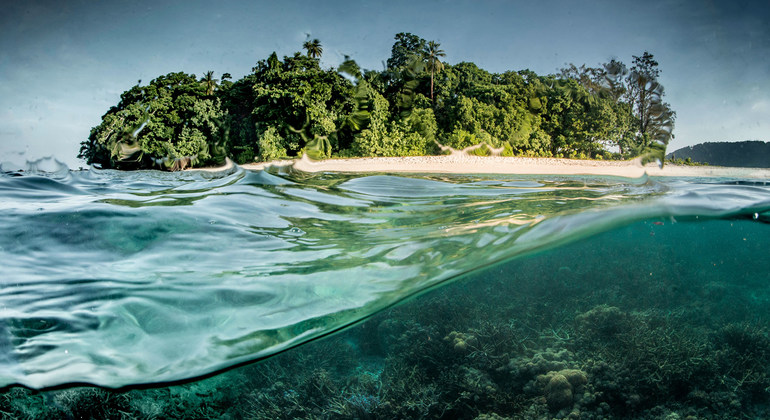The study is the final “report card” on the goal of protecting at least 17 per cent of land and inland waters, and 10 per cent of the marine environment, by 2020.
Progress currently stands at 16.6 per cent on the first target, with some data still outstanding, while the marine target stands at 7.74 per cent.
Overall, more than 22 million square kilometres (km2) of land and inland water ecosystems, and 28.1 million km2 of coastal waters and ocean, are within documented protected and conserved areas. This represents an increase of over 21 million km2, or 42 per cent of current coverage, since 2010.
Biodiversity areas unprotected
The Protected Planet Report was issued by UNEP World Conservation Monitoring Centre (UNEP-WCMC) and the International Union for Conservation of Nature (IUCN), with support from the National Geographic Society, a global non-profit.
To be effective, protected and conserved areas need to include important places for biodiversity, it said, yet one-third of key biodiversity areas– whether on land, inland waters or the ocean –are not protected at all.
“Protected and conserved areas play a crucial role in tackling biodiversity loss, and great progress has been made in recent years on strengthening the global network of protected and conserved areas,” said Neville Ash, Director of UNEP-WCMC.
“However, designating and accounting for more protected and conserved areas is insufficient; they need to be effectively managed and equitably governed if they are to realise their many benefits at local and global scales and secure a better future for people and planet.”
Scaling-up coverage
The report’s authors expect scaling-up coverage and effectiveness will be part of the post-2020 global biodiversity framework which will be agreed at a UN conference scheduled for Kunming, China, in October.
They said the challenge will be to improve the quality of both existing and new areas, as biodiversity continues to decline, even within many protected areas.
Protected and conserved areas also need to be better connected to each other, they added, which allows species to move naturally, and ecological processes to function. While again pointing to progress here, the report found less than eight per cent of land is both protected and connected.
Honour indigenous efforts
In addition to designating new areas, the report calls for existing protected and conserved areas to be identified and recognized, by accounting for the efforts of indigenous peoples, local communities and private entities, which remain undervalued.
More action is also needed on the equitable management of these areas, “so that the costs of conservation are not borne by local people while its benefits are enjoyed by others.” This is a key step towards building conservation networks that have the support and participation of people everywhere, the authors added.
The IUCN, whose Green List Standard is the global measure of overall change in the quality of protected areas, has welcomed the advancements made over the past decade.
“As biodiversity continues to decline, we now call for Parties at the UN Biodiversity Conference in Kunming to set an ambitious target that will ensure protected area coverage of 30 per cent of land, freshwater and ocean by 2030 – and these areas must be placed optimally to protect the diversity of life on Earth and be effectively managed and equitably governed,” said Dr Bruno Oberle, the IUCN Director General.



